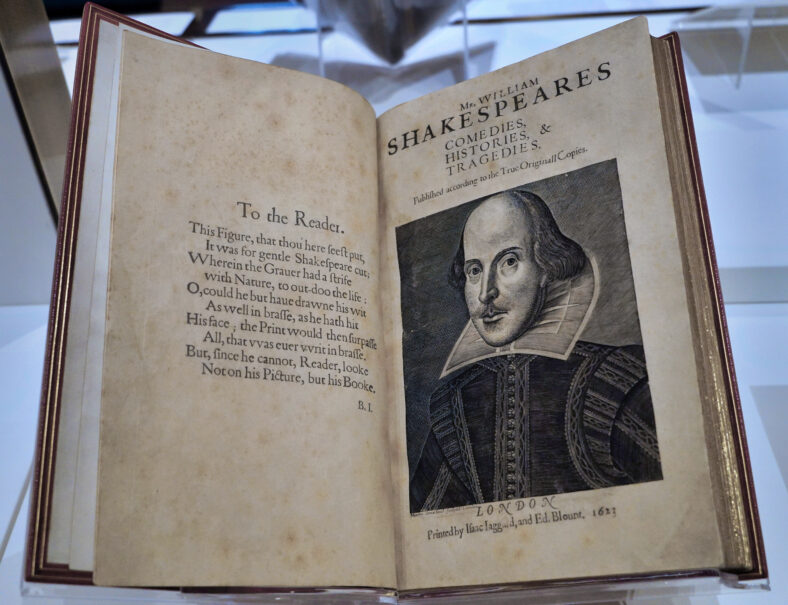A Rare Love Poem Written By Shakespeare Was Found Tucked Away In A Manuscript

A forgotten copy of Shakespeare’s famous Sonnet 116 was found tucked away in a 17th-century manuscript in the Oxford Library.
It was hidden among the papers of Elias Ashmole, founder of the Ashmolean Museum and a strong supporter of the monarchy during the English Civil War. He lived from 1617 to 1692.
It is the second time that a manuscript copy of the sonnet has ever been discovered, making the find a rare one.
A researcher named Dr. Leah Veronese from Oxford University’s English Faculty was sifting through old handwritten manuscripts in Oxford’s Bodleian Library when she unearthed a revised version of Sonnet 116.
The opening and final couplet had been changed, and seven more lines were added. In this copy, the sonnet had been adapted as a song set to music by Henry Lawes, an English composer from the mid-17th century.
The copy only includes the text, but the music itself can be found in a book of songs in the New York Public Library.
Shakespeare’s original opening was changed from “Let me not to the marriage of true minds / Admit impediments; love is not love / Which alters when it alteration finds” to “Self-blinding error seize all those minds/ Who with false appellations call that love / Which alters when it alteration finds.”
“As I was leafing through the manuscript, the poem struck me as an odd version of Sonnet 116,” said Dr Veronese. “I think the combination of the additional first line ‘Self-blinding error seize those minds’ and absence of Shakespeare from the original catalogue description may be the reason why this poem has passed unnoticed as a copy of Sonnet 116 all these years.”
The extra lines may have been added to create more verses to be sung. But in the context of the English Civil War in the mid-1600s, the additional lines could also be related to religious and political loyalty.

Sign up for Chip Chick’s newsletter and get stories like this delivered to your inbox.
They transform the sonnet from a poem about romantic love to a powerful statement speaking on the conflict in England at the time. The royalists, who were in favor of the monarchy, battled against the parliamentarians, who opposed it.
The altered sonnet was also discovered alongside sensitive texts, including banned Christmas carols and satirical poems from the 1640s. During the Republican regime, the public performance of songs was forbidden.
This text demonstrates how Shakespeare’s work was being read during the English Civil War and how it was being repurposed to fit current issues. The discovery also challenges the idea that Shakespeare’s sonnets did not become popular until the late 1700s. Scholars have hope for further discoveries.
“From the perspective of manuscript studies, however, this copy of Sonnet 116 in the Bodleian Manuscript, tantalizingly raises the possibility of other famous texts which might be lying unseen in unexpected forms in the midst of other miscellanies and manuscripts,” said Dr. Veronese.
The findings were published in the Review of English Studies.
More About:News